Похожие презентации:
Information and communication technologies
1.
MINISTRY OF EDUCATION AND SCIENCEOF THE REPUBLIC OF KAZAKHSTAN
NUR-MUBARAK EGYPTIAN UNIVERSITY OF ISLAMIC CULTURE
Chair «GENERAL HUMANITARIAN SUBJECTS»
Course
«Information and communication
technologies»
Professor: Candidate of Pedagogical Sciences
ISSABAYEVA SULU
Email: Sulu.74@mail.ru
Mobile phone: 8 707 820 24 37
Office: #107, building 1; #309, building 2.
2.
№LECTURES
1
The role of ICTs in key sectors of society. ICT Standards.
2
Introduction into computer systems. Architecture of computer systems.
3
Software. OS.
4
Human-computer interaction.
5
Database systems.
6
Data analysis. Data management.
7
Networks and Telecommunications.
8
Cyber safety.
9
Internet technologies.
10 Cloud and Mobile technologies.
11 Multimedia technologies
12 Smart technology.
13 E-technology. E-business. E-learning. E-government.
14 Information technology in the professional sphere. Industrial ICT.
15 ICT Development Prospects
3.
LECTURE 74.
In general in this lecture you will learn about:End devices, communication devices and
communication media.
Network types.
LANs and WANs.
Wired
and
wireless
networking
technologies.
Stack protocols: TCP / IP, OSI.
MAC addressing. IP-addressing.
The DHCP protocol.
Connectivity technology to the Internet.
Telecommunication technologies.
5.
What is a Network?A network is two or more computers, or
other electronic devices, connected together
so that they can exchange data.
For example a network allows
computers to share files, users to message
each other, a whole room of computers to
share a single printer, etc.
6.
What is a Network?7.
Computers in a NetworkComputers connected together to create
a network fall into two categories: servers and
clients (workstations).
Clients
Client computers, or workstations, are the
normal computers that people sit at to get their work
done.
Servers
Servers are special, powerful computers that
provide ‘services’ to the client computers on the
network.
8.
Networks and Telecommunications.End devices, communication devices
and communication media.
9.
Networking HardwareNetwork Interface Card (NIC)
Any computer that is to be connected to
a network, needs to have a network interface
card (NIC).
Network Cable
To connect together different devices to
make up a network, you need cables.
10.
Networking HardwareHub
A hub is a device that connects a
number of computers together to make a
LAN.
Switch
A switch, like a hub, is a device that
connects a number of computers together
to make a LAN.
11.
RouterA router is a network device that
connects together two or more networks.
Bridge
A bridge is a network device that
typically links together two different parts of
a LAN.
Whereas a router is usually used to link a
LAN to a WAN (such as the Internet), a bridge
links independent parts of a LAN so that they
act as a single LAN.
12.
Proxy ServerA proxy server is a computer setup to share
a resource, usually an Internet connection.
Firewall
A firewall is a device, or a piece of software
that is placed between your computer and the rest of
the network (where the hackers are!)
Modem
Before the days of broadband Internet
connections, most computers connected to the
Internet via telephone lines (dial-up connections).
13.
14.
15.
16.
17.
18.
19.
10 Мбит/с10 Мбит/с
10 Мбит/с
10 Мбит/с
10 Мбит/с
20.
12
10 Мбит/с
3
10 Мбит/с
4
1
2
10 Мбит/с
5
4
3
10 Мбит/с
5
100 Мбит/с
6
21.
22.
23.
12
1000 м
1
Hub 1
2
Bridge 1
3
1
2
Bridge 2
Hub 2
4
24.
25.
26.
27.
Networks and Telecommunications.Wired and wireless networking
technologies.
28.
Network connectionsNetwork
connections
between
computers are typically created using cables
(wires).
However, connections can be created
using radio signals (wireless / wi-fi),
telephone lines (and modems) or even, for
very long distances, via satellite links.
29.
30.
31.
32.
33.
34.
35.
36.
37.
38.
39.
40.
41.
42.
Networks and Telecommunications.Network types.
LANs and WANs.
43.
Local Area Network (LAN)A Local Area Network is a network confined to one
building or site.
Often a LAN is a private network belonging to an
organization or business.
Wireless Local Area Network (WLAN)
A wireless LAN (WLAN) is a LAN that uses radio
signals (WiFi) to connect computers instead of cables.
Wide Area Network (WAN)
A Wide Area Network is a network that extends over a
large area.
A WAN is often created by joining several LANs together, such
as when a business that has offices in different countries links
the office LANs together.
44.
45.
Types of network46.
Types of network47.
48.
49.
50.
Networks and Telecommunications.Stack protocols: TCP / IP, OSI..
IP-addressing.
The DHCP protocol.
51.
52.
53.
54.
55.
56.
57.
58.
59.
60.
61.
Internet Protocol (IP) and Media Access Control (MAC)Each device on the internet is given a unique address known as its
internet protocol (IP) address. This is a 32-bit number that is
usually written in the form: 109.108.158.1
MAC address is unique number that identifies a device connected
to the internet.
Differences between IP addresses and MAC addresses
The IP address gives the location of a device on the internet,
whereas the MAC address identifies the device connected to the
internet.
IP-address: 198.162.10.3
Post address: 050036.MAMYR-2.#7.#2
MAC-address: 00:0a:95:9d:68:16.
IIN/ID: 560601302855/012601563
62.
63.
64.
65.
66.
67.
68.
69.
70.
71.
Networks and Telecommunications.Connectivity technology to the Internet.
Telecommunication technologies.






















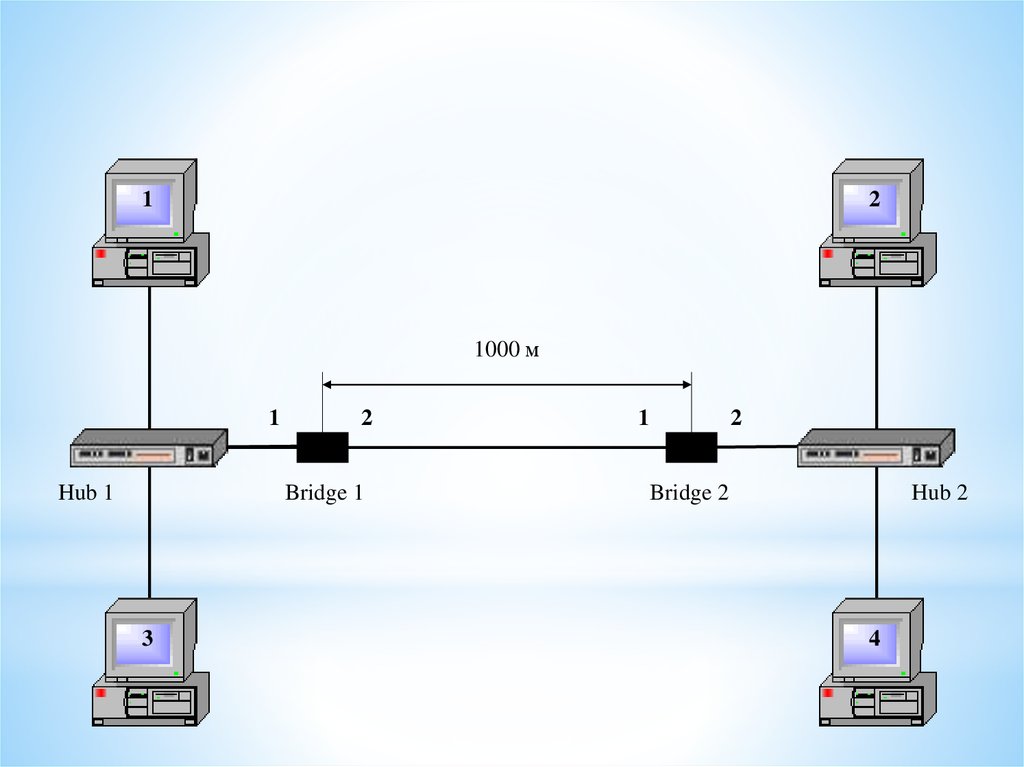







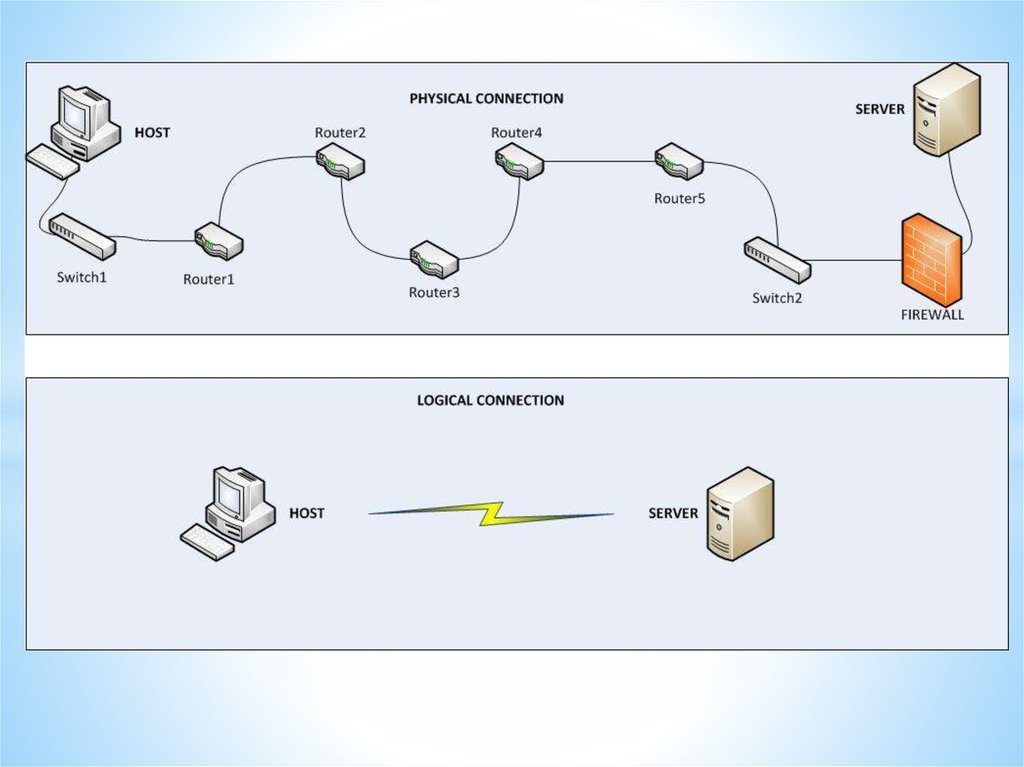


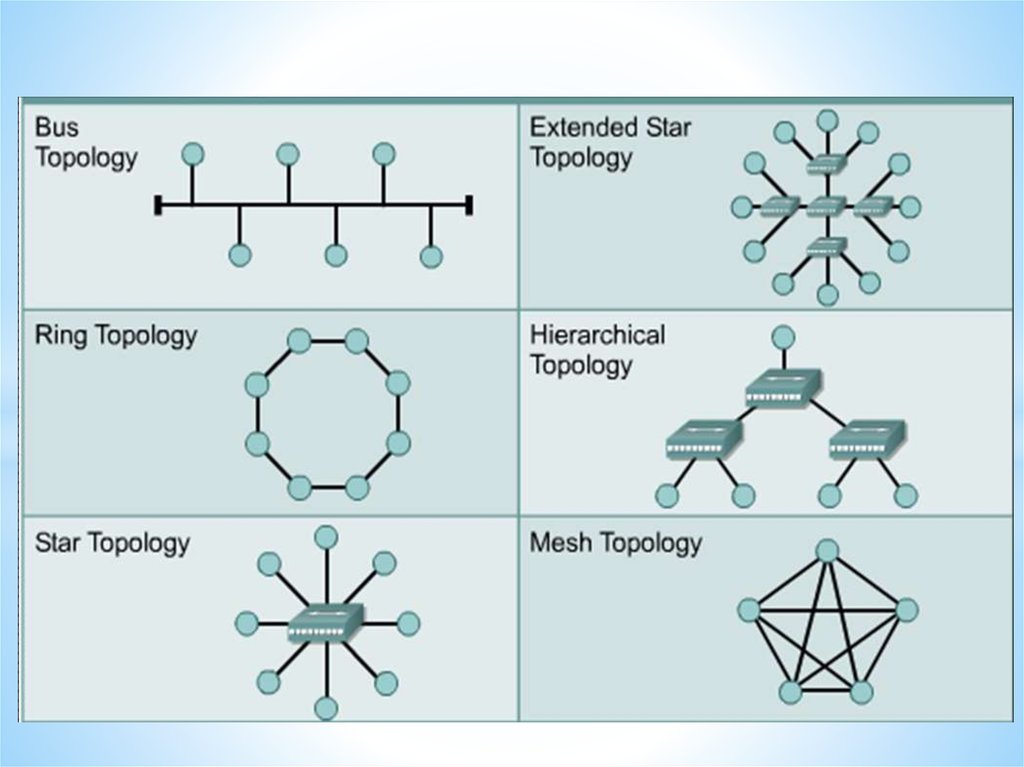
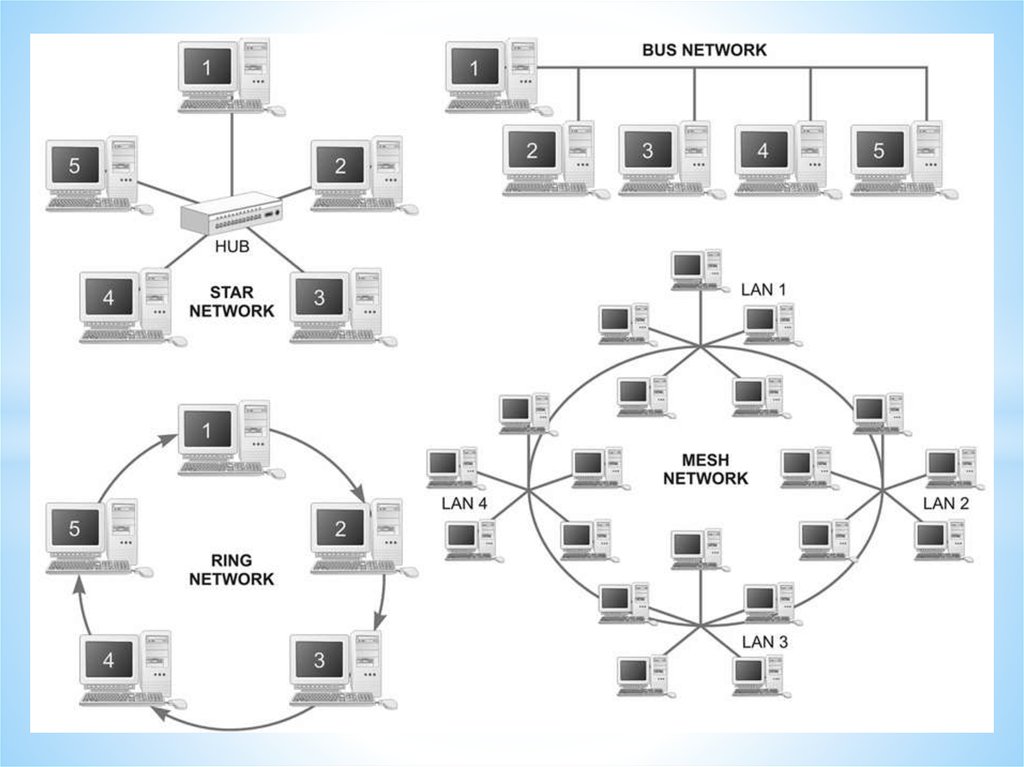




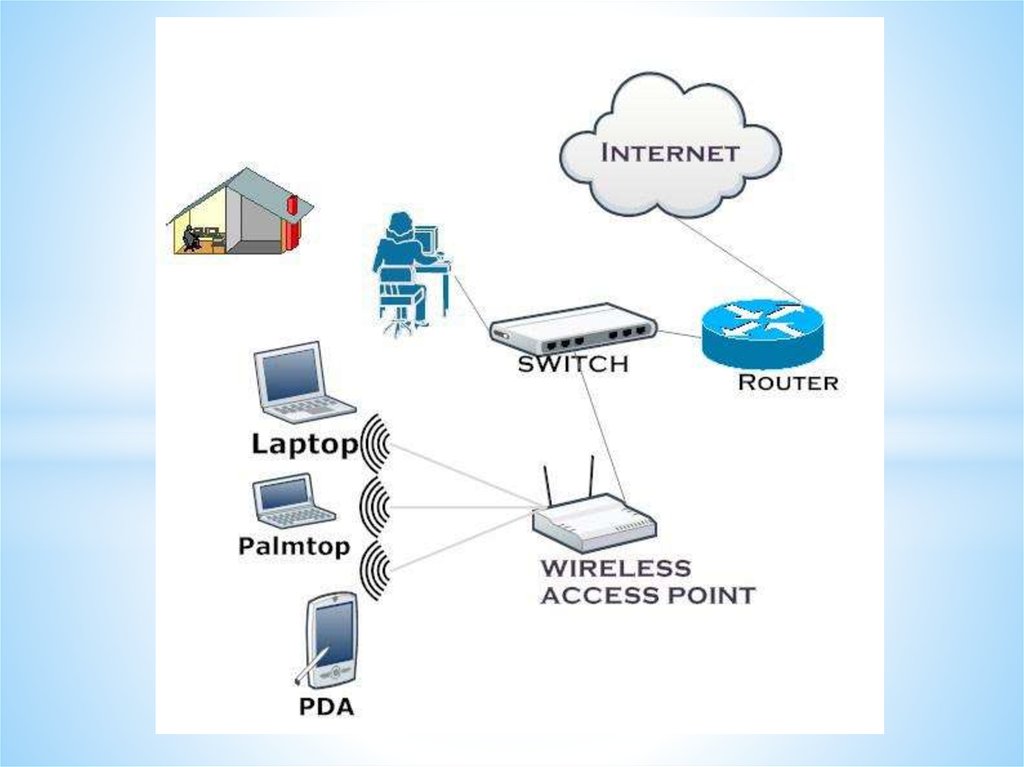




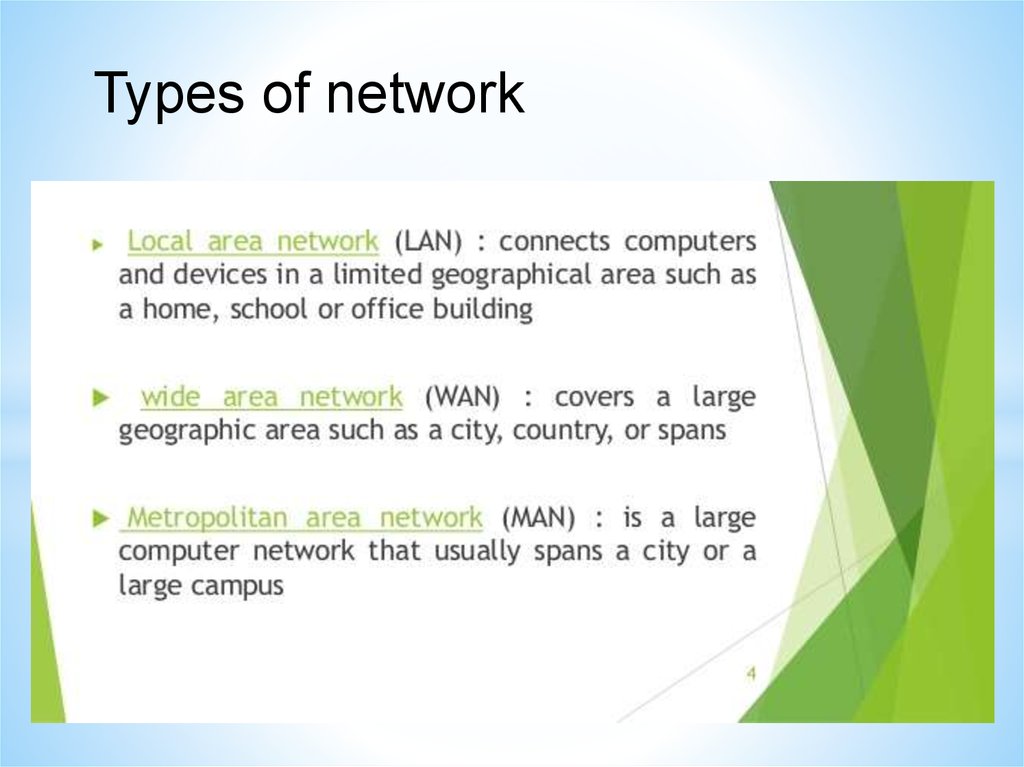


































 Интернет
Интернет








